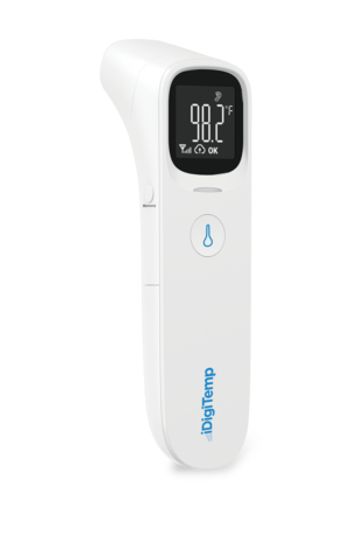
COVID-19 pandemic hit health care employment less than other sectors
Changes in unemployment rates tied to occupational income
The
A newly-published
The authors found that between January 2015 and the start of the pandemic in March 2020, unemployment among health care workers (HCWs) increased by about 39%, from 2.28% to 3.18%. Among non-health care workers, the increase was about 60%, from 3.82% to 6.13%. of health care workers (HCWs) reported being unemployed, compared with 3.18% between April 2020 and April 2022.
Lower-income HCW occupations saw the biggest upticks in reported unemployment. Among therapists and technicians the unemployment rate more than doubled, from 1.25% to 2.95%.
In terms of race and demography, the largest jump in unemployment—57%--was among those categorized as “other.” That was followed by non-Hispanic whites (44%), Hispanics (32%) and non-Hispanic Blacks (26%).
The authors say that the differences in unemployment increases among HCW categories may be due to the way emergency funding was distributed among health care organizations and which types of services those organizations prioritized. Their findings are relevant, they say, because “fewer job opportunities in health care have implications for the quality of care delivery, HCW satisfaction, and patient outcomes.”
The research letter “Changes in Unemployment Among Health Care Workers Following the COVID-19 Pandemic” was published online September 19 in JAMA.
Newsletter
Stay informed and empowered with Medical Economics enewsletter, delivering expert insights, financial strategies, practice management tips and technology trends — tailored for today’s physicians.








